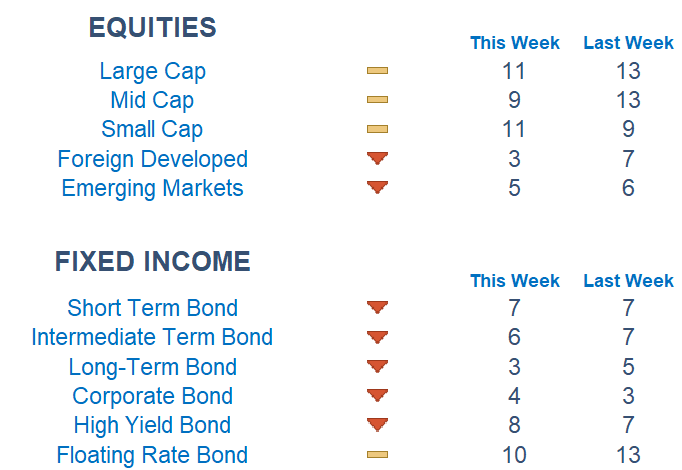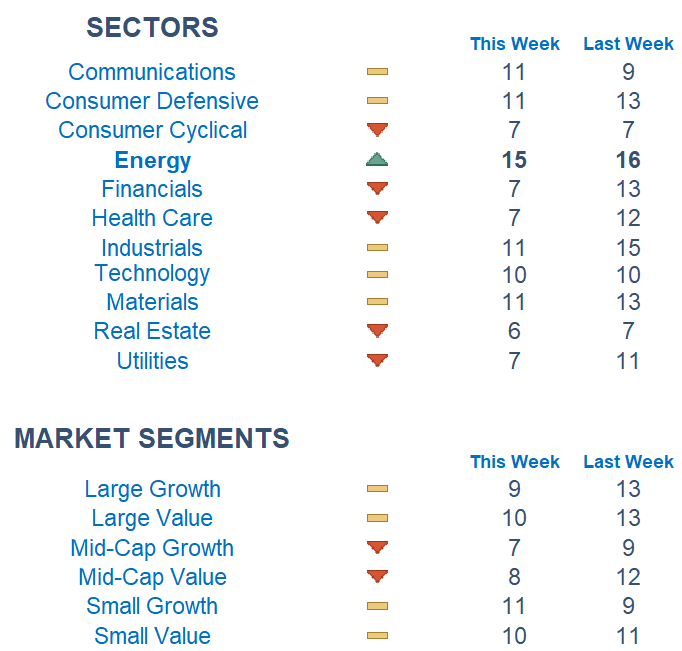The weakening of Newton scores continued into this week on the main equity indices. Over in Fixed Income, we are still seeing the rise in yields affect on bonds as they remain in a downtrend. Beneath the surface, we are seeing strength out of Energy while the rest of the market is weaker.

This Week on Wall Street - Week of August 7th
Market Commentary
The weakening of Newton scores continued into this week on the main equity indices. Over in Fixed Income, we are still seeing the rise in yields affect on bonds as they remain in a downtrend. Beneath the surface, we are seeing strength out of Energy while the rest of the market is weaker.
Investors will get another data point on inflation this Thursday where the expectation is for a 0.2% month-over-month rise in the core metric (excludes energy and food prices). This would mark the smallest back-to-back gains in over two years. For the headline number, which includes the volatile energy and food, investors are expecting base effects to start working in the opposite direction as economists predict CPI increased to 3.3% year over year. Still, with the labor market showing more robust signs of cooling, it is likely that the Fed's 25bps hike in July was the last before an extended pause.

What is Newton?
Our Newton model attempts to determine the highest probability of future price direction by using advanced algorithmic and high-order mathematical techniques on the current market environment to identify trends in underlying security prices. The Newton model scores securities over multiple time periods on a scale of 0-20 with 0 being the worst and 20 being the best possible score. Trend & level both matter.

Economic Releases This Week
Monday: Consumer Credit
Tuesday: NFIB Optimism Index, US Trade Balance, US Wholesale Inventories
Wednesday: None
Thursday: Initial & Continuing Jobless Claims, Consumer Price Index
Friday: Producer Price Index

Technical trading models are mathematically driven based upon historical data and trends of domestic and foreign market trading activity, including various industry and sector trading statistics within such markets. Technical trading models, through mathematical algorithms, attempt to identify when markets are likely to increase or decrease and identify appropriate entry and exit points. The primary risk of technical trading models is that historical trends and past performance cannot predict future trends and there is no assurance that the mathematical algorithms employed are designed properly, updated with new data, and can accurately predict future market, industry and sector performance.
